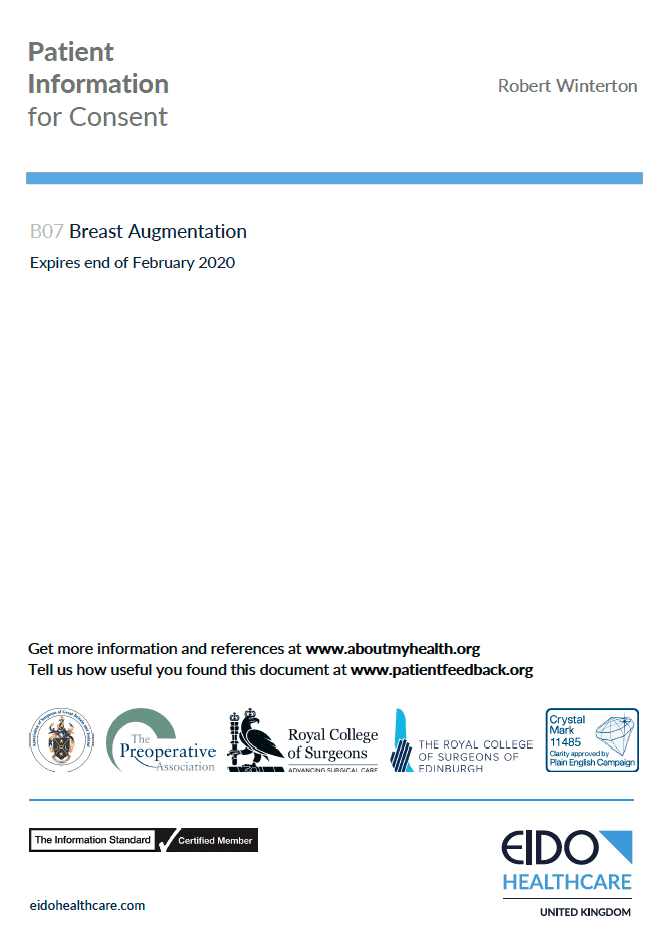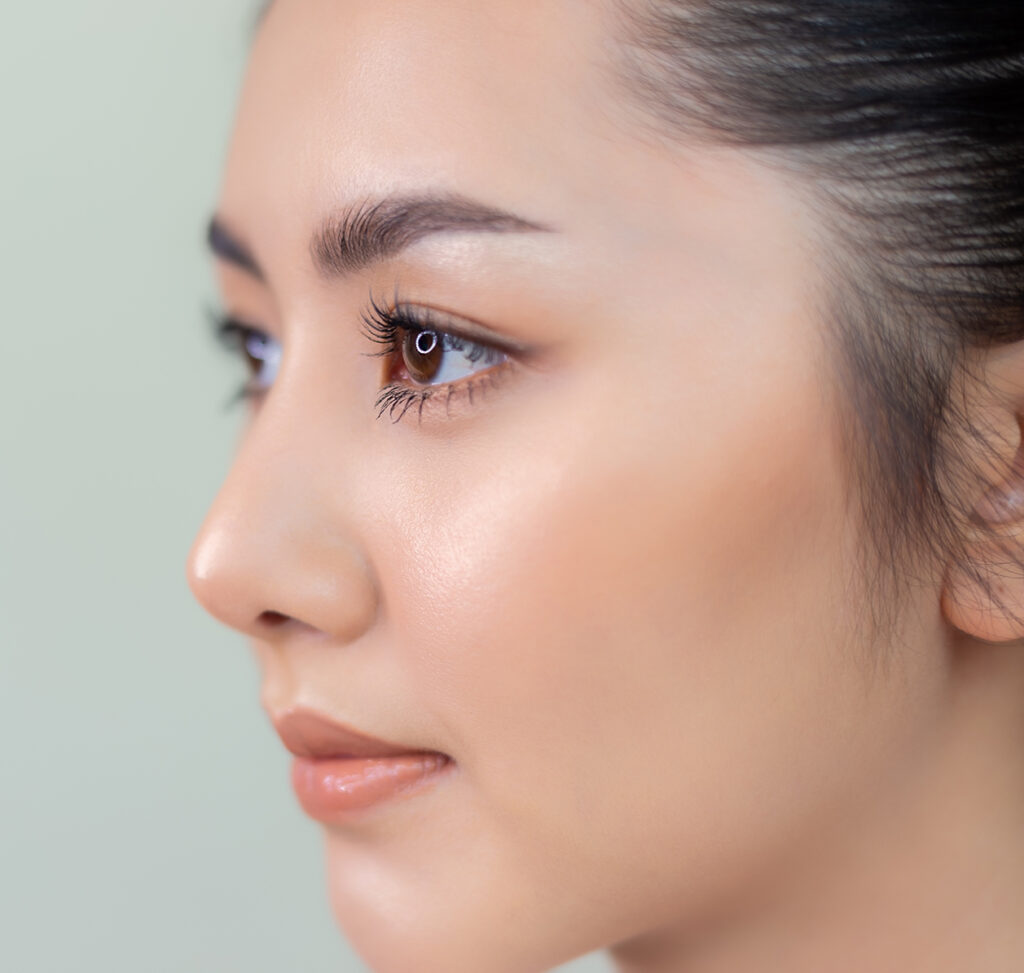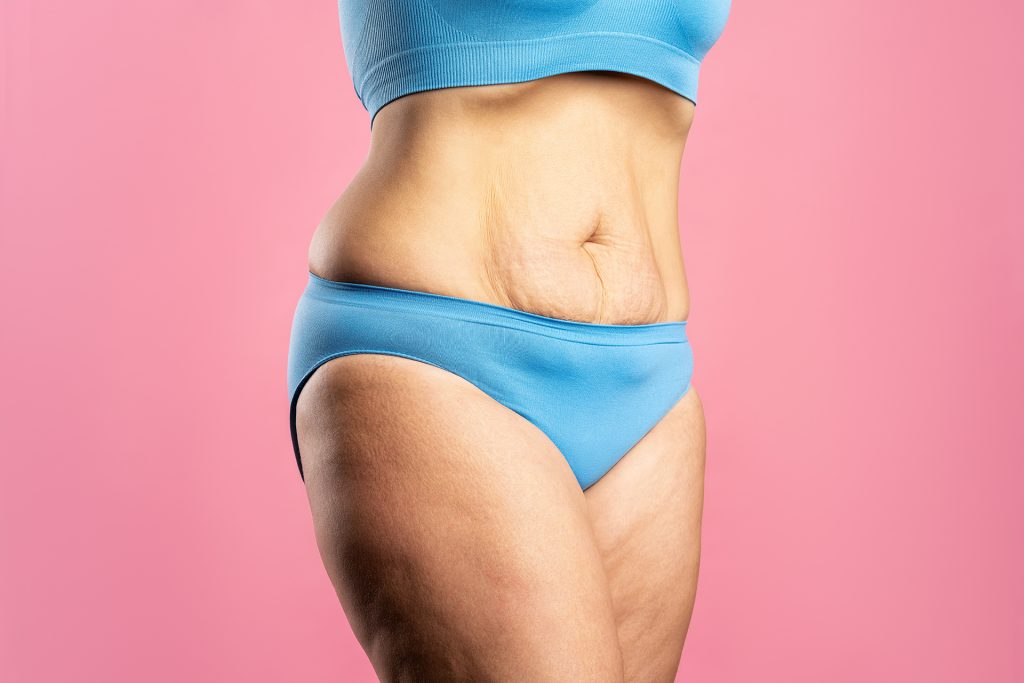Bleeding can complicate breast augmentation, just as with any surgical procedure. The signs of haematoma are swelling and discomfort in the affected breast, and the treatment is to return to the operating theatre where the blood is removed and bleeding stopped before replacing the implant and closing the wound once more. This should not cause long-term problems.
Infection is a rare occurrence but can be a real problem, so we go to great lengths to maintain implant sterility during the procedure. Patients who develop an infection around the implant present with swelling, pain, redness of their breasts and they will feel unwell and have a temperature. Infection that involves the implant itself can only be managed effectively by surgically removing the old implant and by administration of antibiotics. Once the wounds have fully settled and time has been allowed for the infection to be totally eliminated, it is possible to re-insert a fresh implant. It is typical for a period of 4-6 months to elapse before this attempted. During this time, it is normal to leave the contralateral unaffected implant entirely alone.
It is said that approximately 15% of patients will have some permanent alteration to sensation in the nipple areola complex. This could affect both breasts. More commonly, patients complain of an uncomfortable increase in sensation for a little while following surgery, but this should settle with time.
For slim women in particular, I warn that the implant may be palpable. Particularly in the lower part of the breast where there is less tissue covering the implant. Unless this were particularly troublesome to the patient, it is not something that needs further treatment.
Just as there is a scar on the skin, then so the body encapsulates the implant in its own scar behind the breast. In 5-10% of patients this scar (also referred to as the capsule) can contract around the implant and create distortion to the shape, pain and a feeling of hardness. Capsular contracture can occur years after surgery and there is no clear way we can predict who will suffer this problem. The typical treatment is to release the capsule or remove it, to allow the implant to lie within an unrestricted pocket. It is typical during this surgery to replace the implant with a fresh one.
The current view of the British Association of Plastic, Reconstructive and Aesthetic Surgeons (BAPRAS), the American College of Rheumatology, the Centre for Disease Control and the American Medical Association is that there is no relationship between silicone breast implants and any chronic disease process, and this view has also been formally expressed by the American Food and Drug Administration (FDA).
Of note, however, is the recent discovery that macro-textured implants can promote the development of ALCL (Anaplastic Large Cell Lymphoma). This newly discovered problem is rare, and still under investigation. It does not seem to occur in smooth walled implants, so it is my preference to choose smooth implants in most cases.
General complications can occur as with other procedures carried out under general anaesthesia and include deep vein thrombosis and pulmonary embolism.
Pregnancy and breast-feeding are not contraindicated after breast augmentation.
Occasionally, breast implants may leak, tear or rupture. Rupture can occur as a result of injury or compression, but there is no danger with air travel or deep sea diving. If a saline-filled implant breaks, the implant will deflate over a few hours to days and the salt water will be harmlessly absorbed by the body. If a break occurs in a gel-filled implant ,the silicone gel may be contained by the scar capsule around the implant and you may not detect any change. If the silicone is within the capsule there is little risk. Whether any treatment is needed at this stage is controversial. If the silicone gel leaks out of the capsule and into the breast tissue you may detect a change in the shape or firmness of the breast, or a lump. An operation will then be required to replace the implant and remove the silicone. There is no clear guidance from any implant manufacturer that current products should be replaced surgically after any given period of time.
No clinical studies have shown any evidence of increased risk of breast cancer development in women with implants. In fact, most studies show implanted women to have a lower rate of breast cancer development than non-implanted women, possibly because they had smaller breasts and less breast tissue to start with. Breast implants may however interfere with the detection of breast cancer. Different mammography techniques using special views may be required, and you should explain to the radiologist when the time comes to have a mammogram that you have breast implants.
For many women the result of breast augmentation is very pleasing, as they learn to appreciate their new, fuller appearance. Overall, it is one of the best procedures offered by plastic surgeons and one with a high degree of patient satisfaction.
 Book a Consultation
Book a Consultation





